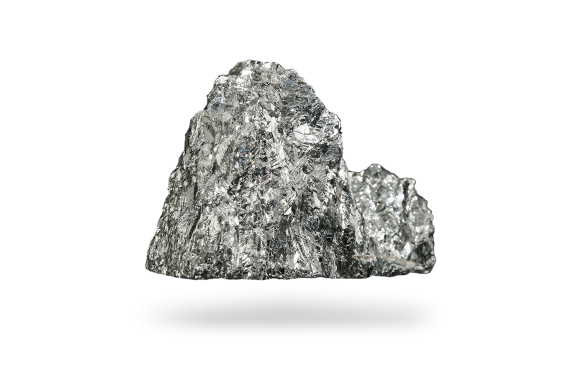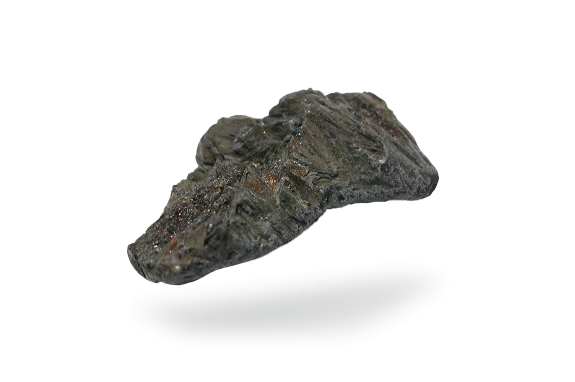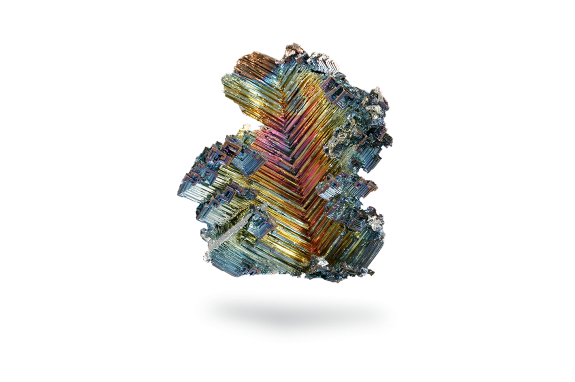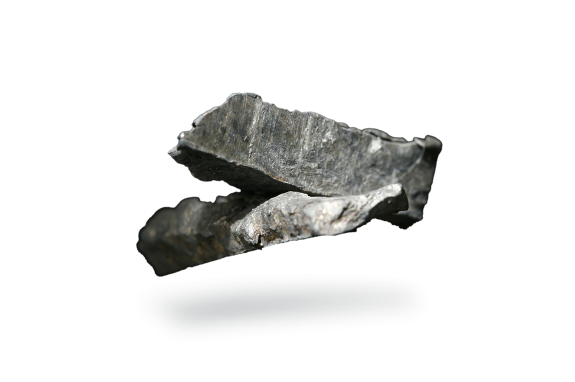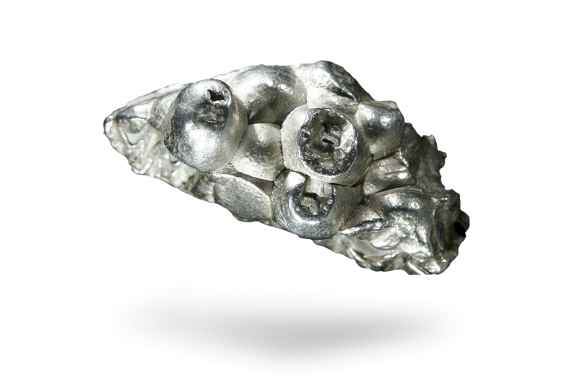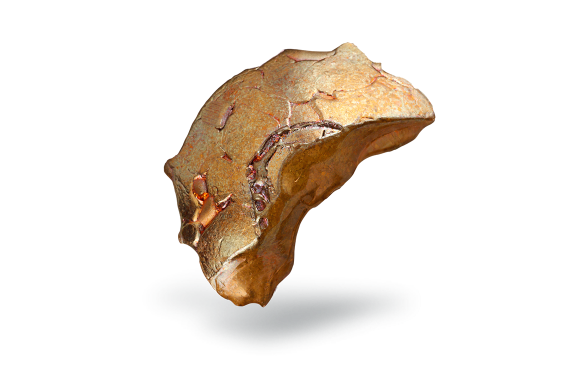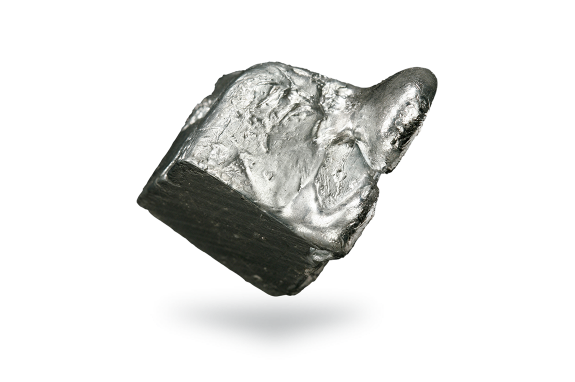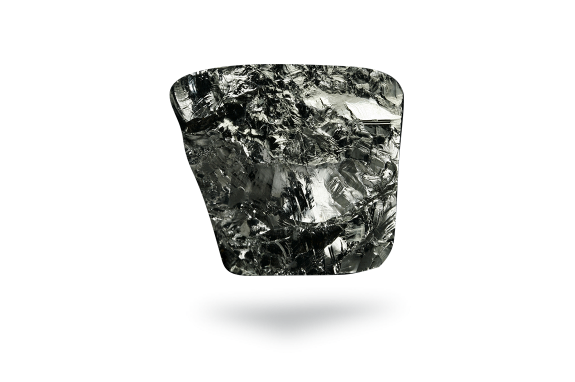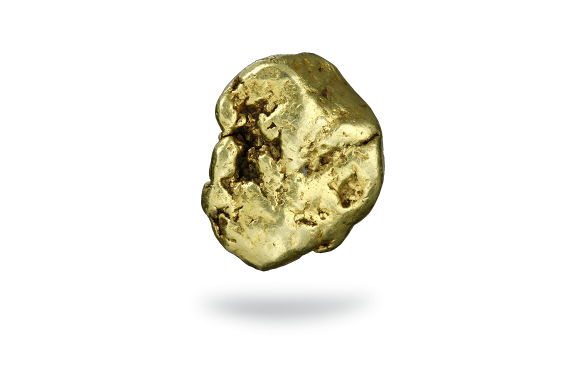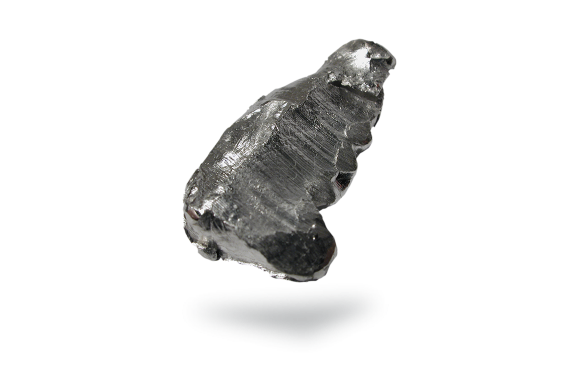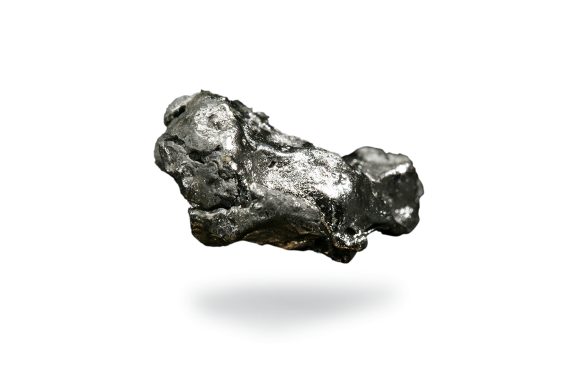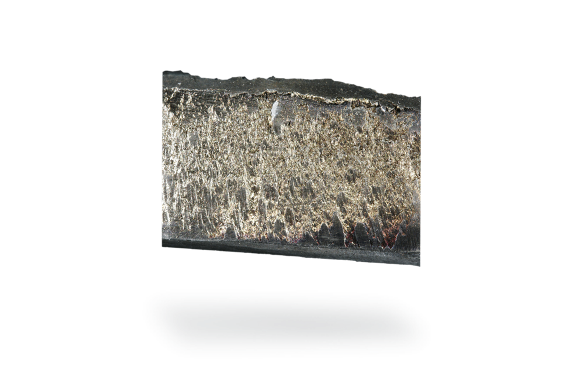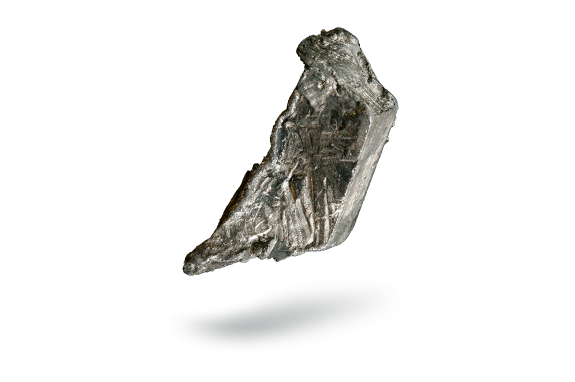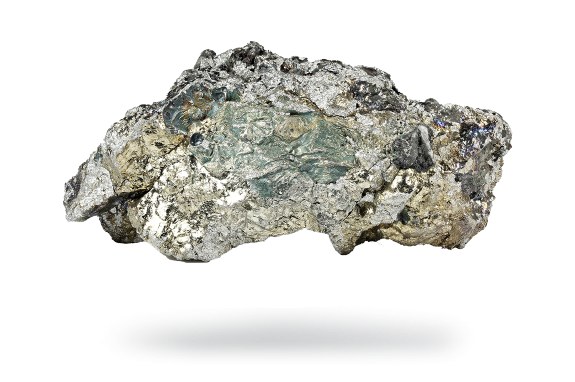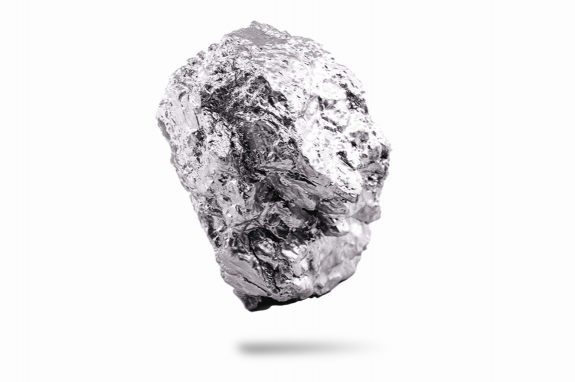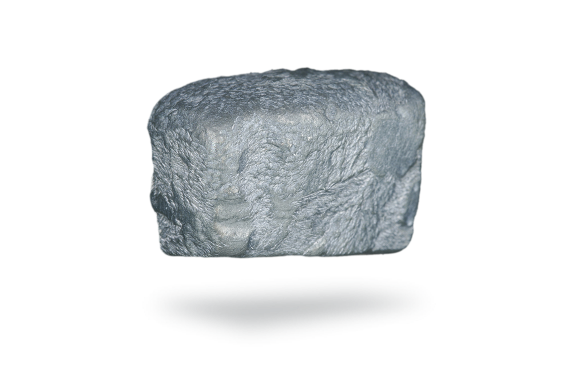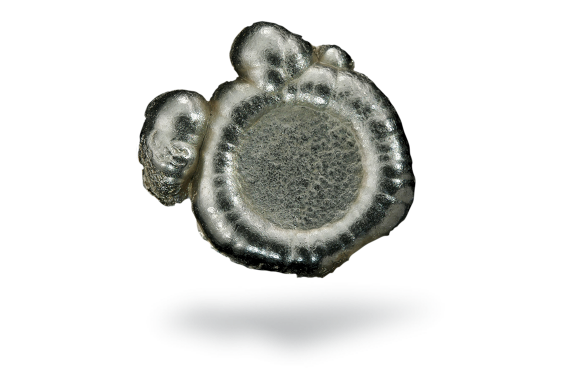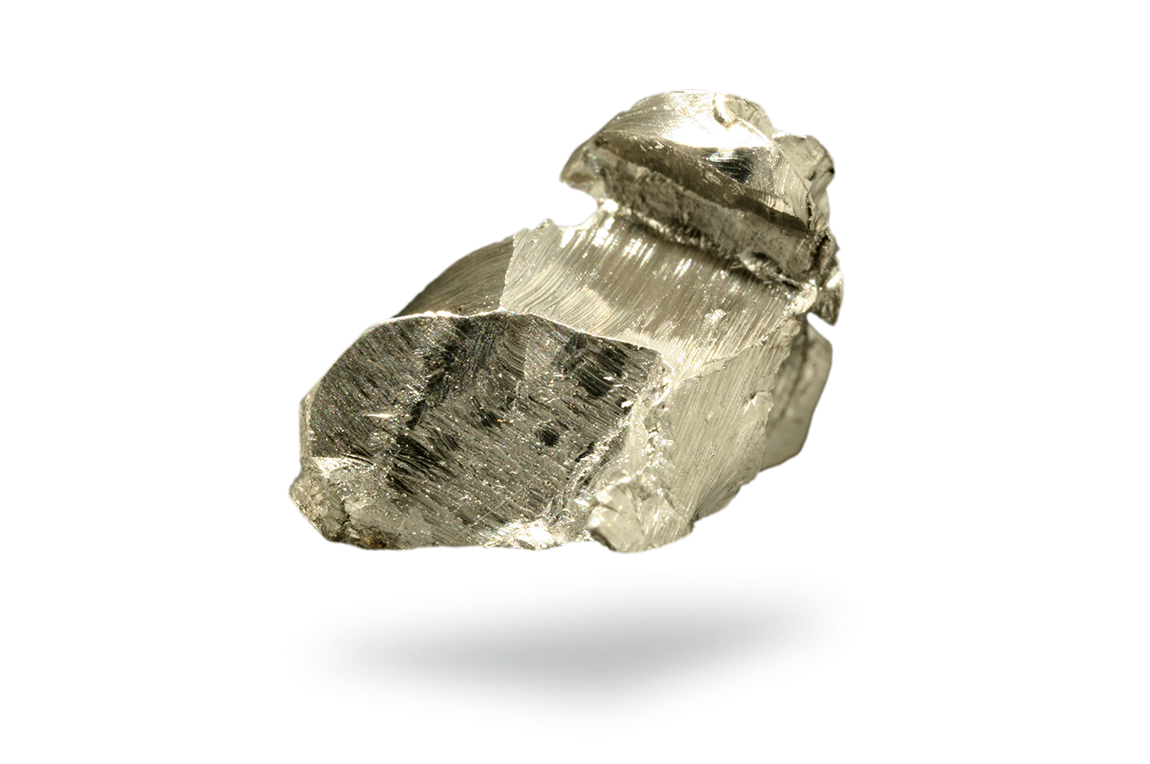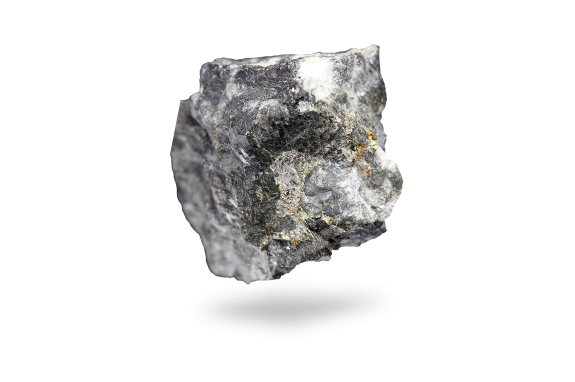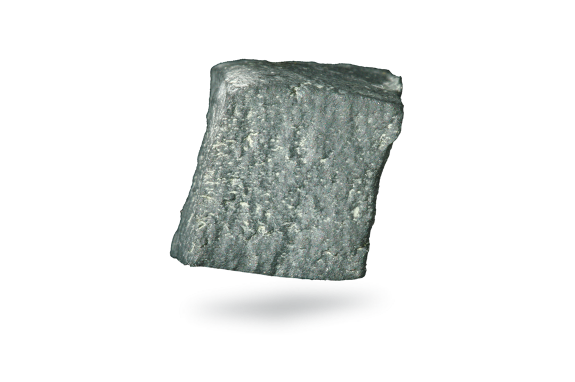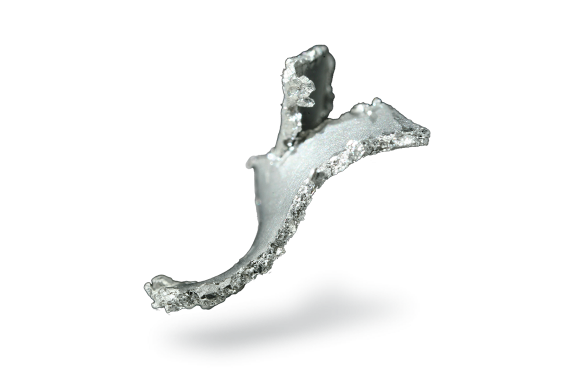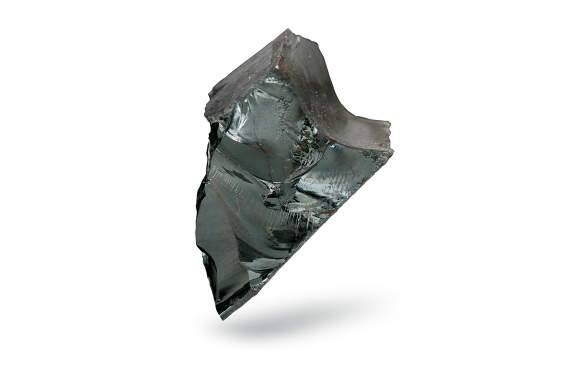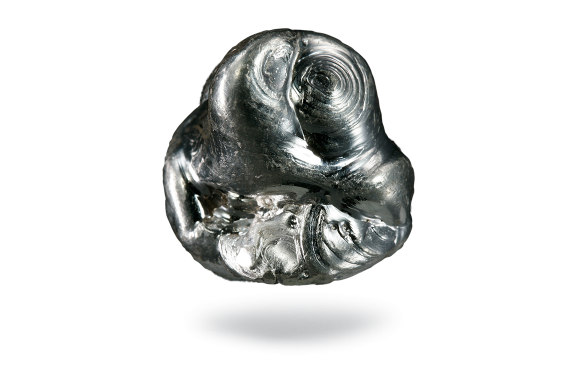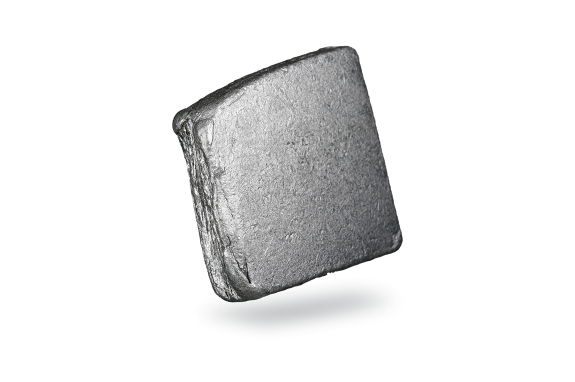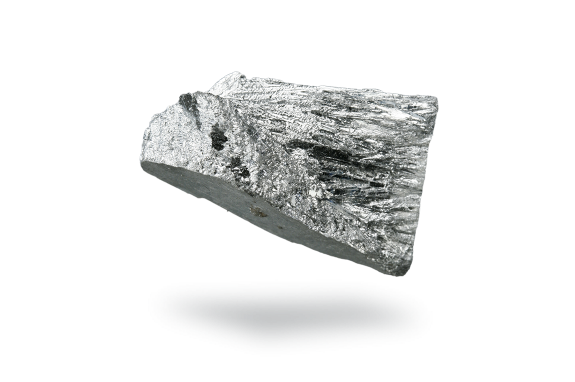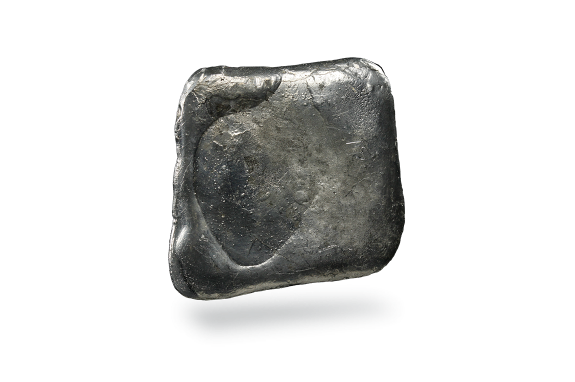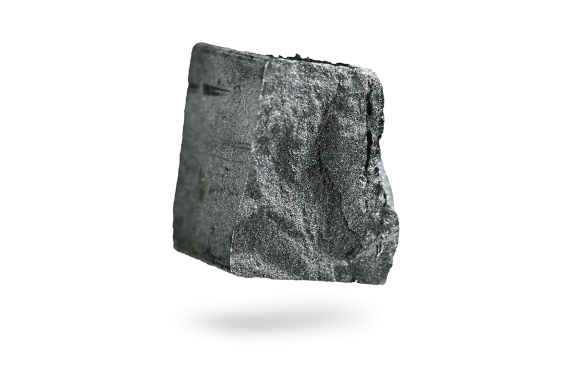Ruthenium
Although hard to find and perhaps not the best-known element, if you take a closer look, you will find small amounts of ruthenium in many applications as it enables technology to work better. Using this element in the right place ensures that various applications function just as they should.
Do you write with a fountain pen? Then you probably use ruthenium every day. It has most likely helped you to get that calligraphy right! Ruthenium alloys are often used to shape the tips of fountain pens too. Or who doesn’t love a crime movie or TV series? If you are a fan, you have probably seen ruthenium appear on screen several times as the Crime Scene Investigation teams look for clues. Yes, ruthenium tetroxide is used to reveal fingerprints. As the experts ‘dust for prints’, the fats in the fingerprint turn it black, making it easier for the team to analyze it and find a match.
This metal has won a Nobel prize in chemistry as a catalyst and its hardness also explains its inclusion in wear-resistant electrical contacts such as thermostats, relays and hard disk drives.
Many new uses for ruthenium are emerging and demand for the element is growing.
Applications
Ruthenium can be used to create rich, shiny black surfaces on mostly decorative applications such as jewelry, but also fashion accessories, bathroom fittings and interiors with black surfaces. Umicore electrolytes, which include ruthenium but also other precious metals such as rhodium, are used to deposit the dark precious metal alloy RHODUNA® Alloy to coat such applications. Additionally, such alloys can also be found on technical applications such as contacts and connectors for USB-C, Pogo Pin, etc., for example in wearables or smartphones.
In electronics, most ruthenium produced is used in wear-resistant electrical contacts and thick-film resistors in electronic circuits. Ruthenium is one of the most effective hardeners for platinum and palladium as only a small amount is needed to increase the hardness. It is alloyed with these metals when producing electrical contacts to ensure a high degree of wear resistance. Similarly, only a small amount of ruthenium needs to be added to titanium to greatly increase its corrosion resistance.
These are only a few of the many applications where ruthenium is used and new uses of ruthenium are being researched. Examples include its possible anticancer properties and its ability to absorb light, making it suitable for potential solar energy technologies.
Recycling
Ruthenium recycling rates are high mainly due to the recovery and re-use of ruthenium found in catalytic applications and, to a lesser extent, other residues from spent targets, target manufacturing and PVD shield scrap, machining parts and turnings, as well as ruthenium- containing chemicals, solutions, and other chemical scrap.
Properties
Ruthenium is a shiny, hard, silvery-grey metal. It is a polyvalent element with a very high melting point. This metal is a member of the platinum group and is classified in group 8 of the periodic table. Like the other metals in the platinum group, ruthenium is inert to most other chemicals.
History
Ruthenium was identified by Osann in 1827 in the leach residue of a platinum ore from the Urals.
The element in its metallic state was isolated from the platinum residues of rouble production by Klaus in 1843. It was named in honour of his motherland. Ruthenium is derived from Ruthenia, which is the Latin name for Rus, an area known as the original source of the platinum metal group ores. This area now comprises part of western Russia, Ukraine, Belarus and parts of Poland and Slovakia.
As the 78th most abundant element in Earth's crust, ruthenium is relatively rare. This element is generally found in ores with other platinum group metals. In its native form, ruthenium is very rare.
Ruthenium, like the other platinum group metals, is obtained commercially as a by-product from nickel, copper and platinum ore processing. During the electrorefining of copper and nickel, precious metals such as silver, gold and the platinum group metals precipitate as anode slime, the feedstock for the extraction.


